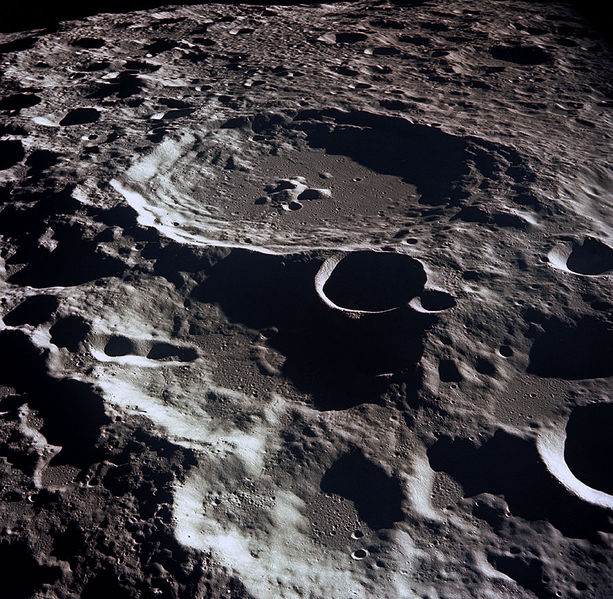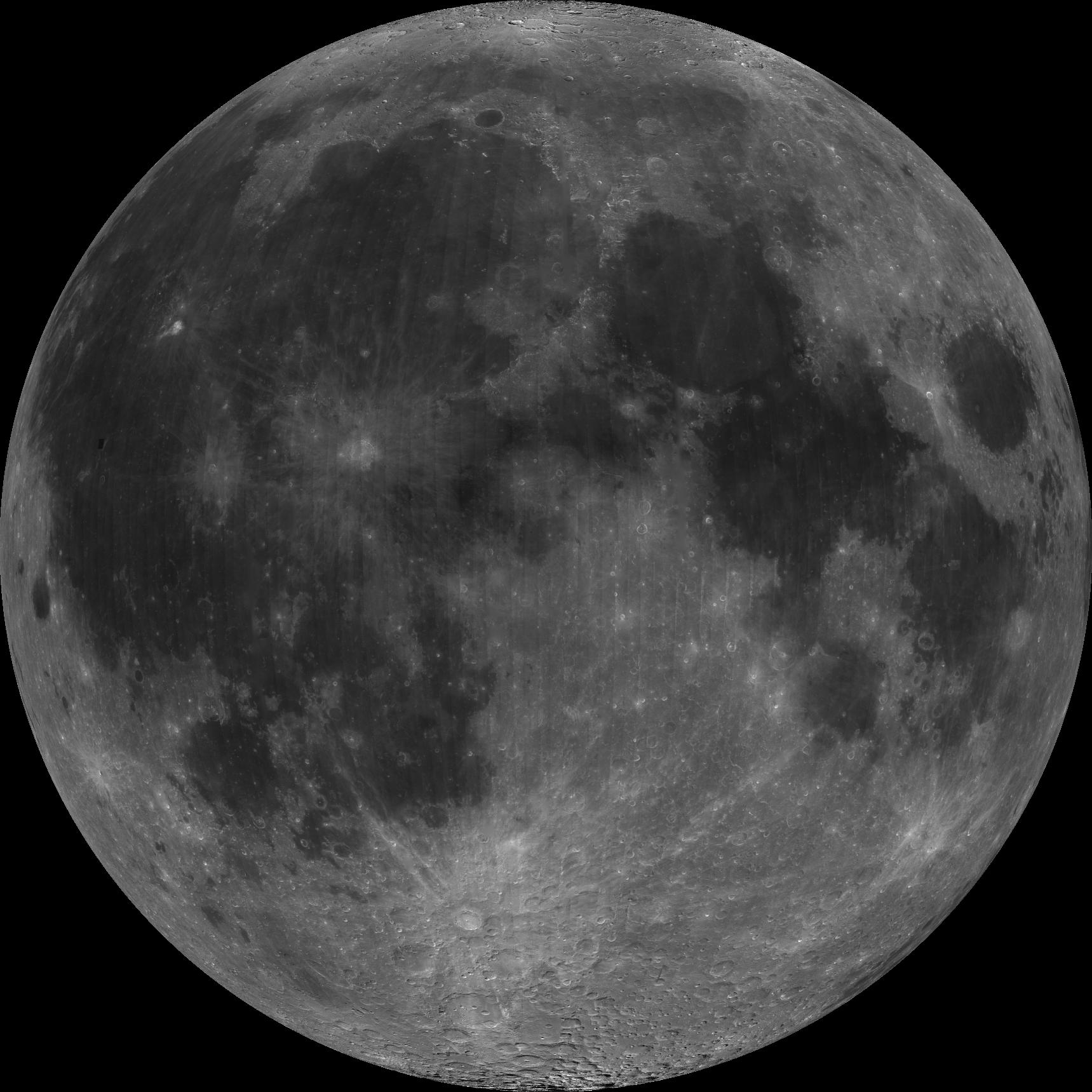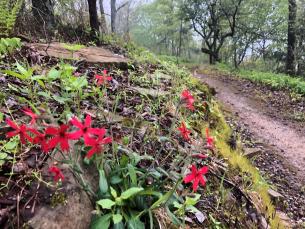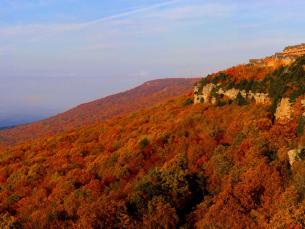One of these days…to the moon!
By: Arkansas State Parks Staff
Some people believe it can foretell bad weather; others say it heralds good fortune. Some say it’s made of cheese while others think it controls their moods and mental state. Superstition or no, the moon does hold a certain sway over many people. The first people to study the moon were Babylonian astronomers, beginning a science still cultivated in nearly every country. It’s the only other rock in space which mankind has bothered to visit, spending decades of time and billions of dollars for the right to plant a flag and be the first there. And nearly everyone can recall a time when they have heard, or said, “Wow! Look at the moon!”

Simply viewed from Earth with the unaided eye the moon can be a beautiful sight, but have you ever taken a closer look?
Solidified volcanic pools and giant impact craters cover the moon, giving evidence of its violent past. When viewed with the naked eye, these features appear as various black, white and gray areas. The first astronomers to map the moon believed these areas to be full of water and named many of them as seas. The name has stuck, even though today’s astronomers know there is no liquid water on the moon.
When viewed with even low power binoculars, these formations sharpen into an impressive three dimensional picture. Many people are amazed to discover that the edges of the moon are not smooth, but riddled with craters, giving it a “chewed” or torn appearance. Cracks feather out from the point of impact, giving them depth and showing the force behind their creation. Each phase of the moon creates a new “edge” on the moon, highlighting different formations, making each of these nights spent with the moon a new treat.

Just as you have a story for each scar earned, each formation on the moon has its own story. A moon map or astronomical field guide can help you learn more of the moon’s tale. Many astronomy web sites offer free moon maps, with natural features and moon landings marked. Looking more closely at these features on the moon can help you imagine the sites welcoming our astronauts.
As the moon rises and the sky darkens, the shadows cast across its surface give our natural satellite even more depth. As with the stargazing, the best moon watching is often done from dark areas. The lack of light pollution helps create a sharper image and increase clarity. Parks are a great place to go when looking for darker skies, but any remote, open area will work.
Throughout time, people have held many beliefs centered on the moon, with some cultures even worshiping it as a deity. While we know the moon is made of rock, and not cheese, it still holds a fair amount of mystery. Whatever your astronomical and astrological beliefs about the moon may be, head out into the dark and take a closer look at your moon.
Arkansas State Parks has numerous moon oriented programs, events and tours. Try a Full Moon Cruise or Kayak Tour, Astronomy Program or other evening program. The Lodge at Mount Magazine State Park was designed with dark skies in mind and is a perfect place to view the moon and other celestial bodies.


